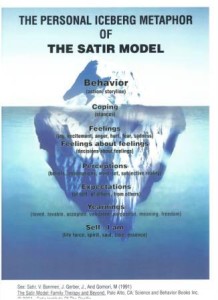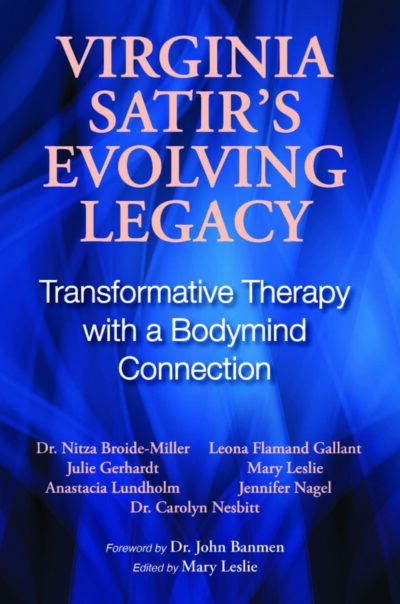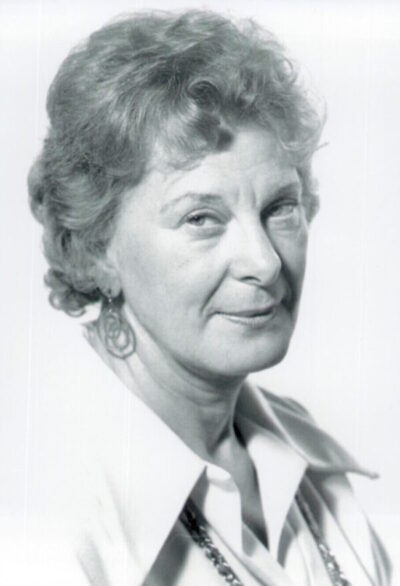
by Lysandra Chan
It began with choosing a theoretical orientation
My journey with the Satir model began at the beginning of grad school. For the first semester, I had to write a paper for a potential theoretical orientation. At the time, I had no idea what my theoretical orientation would be. I literally just started! The only thing I knew about myself before starting grad school was how important my family is to me. I got into the field because of my younger brother and I wanted to help people like him. Therefore, I was drawn to family therapy. However, I had no idea which one since there are quite a few. I read the family therapy chapter in my textbook and there were four models: Satir, Strategic, Structural, and Bowen. The one I felt the most connected to was Satir. After choosing this model, I found it difficult to write the paper because I could not find much resources on it. I tried reading Virginia Satir’s books and I still could not understand the model clearly. Even after handing the paper in, I was still questioning whether this model was going to be my theoretical orientation. It was not until I took the couples and families class where the Satir model was brought up again. It was in that class that I truly felt the real connection with the Satir model and I got it! I made the decision that the Satir model would be my theoretical orientation and I wanted to learn more. I was told in the couples and families class about the Satir Institute of the Pacific and I registered to STST level 1 immediately. Taking STST level 1 did not only help me understand the model more, but how much it had help change me!
I took the STST Level 1 over six months, meeting a weekend monthly. The whole training was so impactful since the first weekend. Change happened within just through being there and experiencing everything. I learned so much more about myself and how I coped. I also became aware of my actions, behaviors, feelings, expectations, perceptions, and my yearnings. The iceberg metaphor is now my go-to whenever anything happens. I never appreciated the importance of the iceberg metaphor during my own learning of this model but that was exactly what the missing piece was. I focused on the tip of the iceberg and disregarded what was below the water.
 Once I was able to connect internally with myself through the iceberg metaphor, I was able to connect with people differently, through their iceberg! This was not a process that could be understood by reading a book, but to truly go inside and experience what was happening inside myself. This changed how I saw and interacted with other people. Most importantly, how much more visible I can see myself and love myself. It was hard and will be never ending because it is so familiar and easy to disregard myself, but it is so important! I still fall back into my default from time to time, but I am becoming more aware when I become incongruent and am learning new ways to rediscover myself and to change positively. I am taking care of myself, I am more gentle with myself, I am more confident, I connect with people energetically, I have more freedom, I accept myself, I acknowledge myself, and I love myself.
Once I was able to connect internally with myself through the iceberg metaphor, I was able to connect with people differently, through their iceberg! This was not a process that could be understood by reading a book, but to truly go inside and experience what was happening inside myself. This changed how I saw and interacted with other people. Most importantly, how much more visible I can see myself and love myself. It was hard and will be never ending because it is so familiar and easy to disregard myself, but it is so important! I still fall back into my default from time to time, but I am becoming more aware when I become incongruent and am learning new ways to rediscover myself and to change positively. I am taking care of myself, I am more gentle with myself, I am more confident, I connect with people energetically, I have more freedom, I accept myself, I acknowledge myself, and I love myself.
This all started with deciding on a theoretical orientation for school. And now, this model is in all parts of my life and within me.
For more information on Satir programs go to https://satirpacific.org/our-events/



